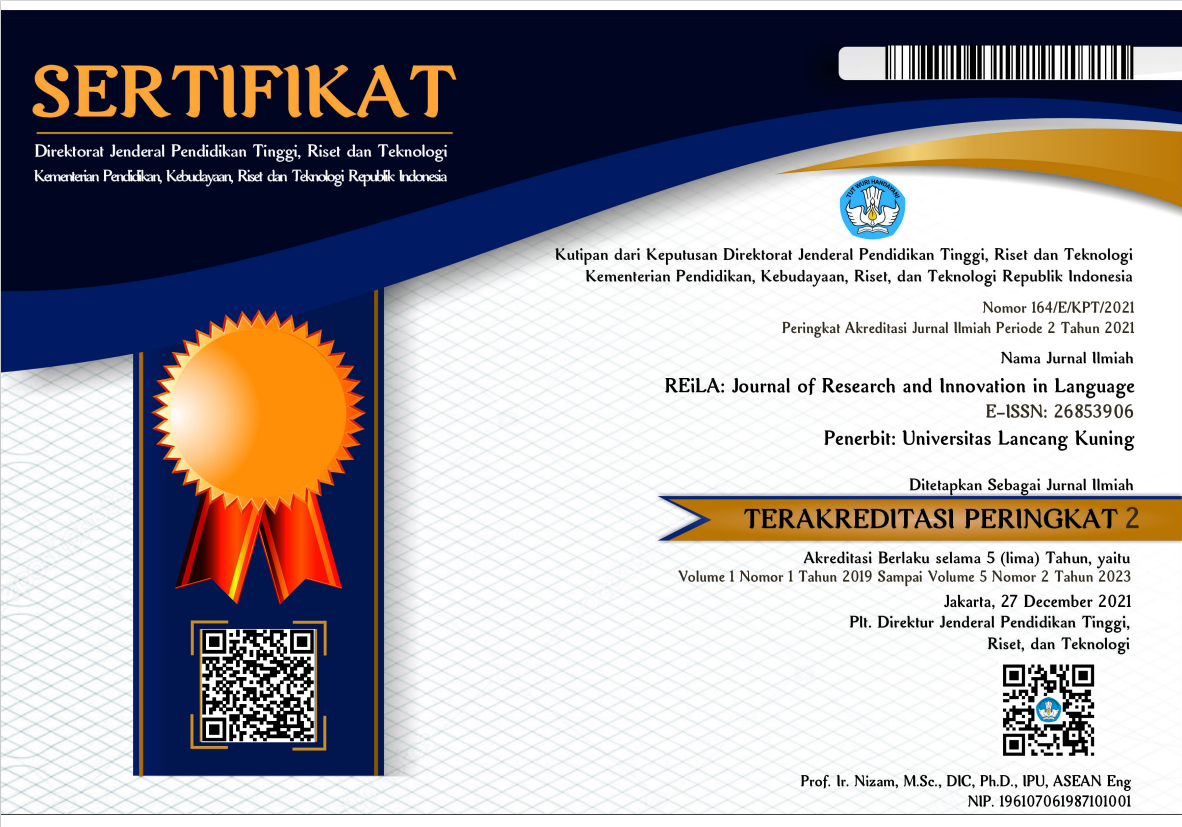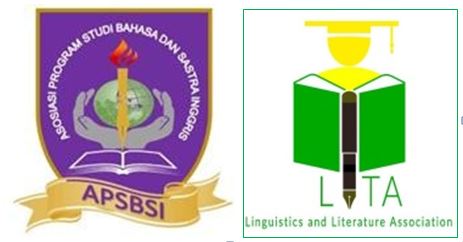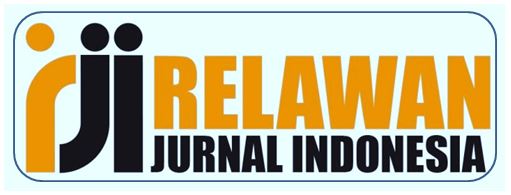A Study of Hot and Cold Metaphors in Iraqi Arabic
Abstract
The present study is an attempt to explore the ways of an Iraqi Arabic speaker conceptualises his/her understanding of various abstract domains of emotions or feeling and attitudes through his/her experiences of concrete domains of Cold and Hot metaphors. Lakoff & Johnson’s (1980) Conceptual Metaphor Theory is adopted to analyse the collected data. Idiomatic expressions and proverbs are chosen specifically from the southern dialect where they are widely used in daily interaction. The data analysis classified the results according to their abstract and concrete domains of the sampled data. The findings of this study showed different conceptualisations of the Hot and Cold metaphor in Iraqi Arabic. The study concluded that these metaphors are used to conceive more of the abstract concepts of emotions, feelings, and attitudes. Cold domain is used to conceptualise the bad habits of people, and it is also used to conceptualise some good habits, on the other hand. Whereas Hot domain is used to conceptualise the more intensive of emotions and attitudes. The study concluded that the sharp emotions, feelings and attitudes that are understood from the conceptualisation of Hot and Cold conceptual metaphors, are experienced from the more concrete domains of hard things.
Downloads
References
Akuno, L., Oloo, P. A., & Magonya, A. L. (2018). The Object of Love is Food conceptual metaphor in selected Dholuo Benga music of 1970s and 2000s. Journal of Linguistics and Literature Studies, 6(1), 40-46.
Croft, W., & Cruse, D. A. (2004). Cognitive linguistics. Cambridge University Press.
Derin, T., Deliani, S., Fauziah, N., Afifah, N., & Hamuddin, B. (2019). Indonesians' Tendency to Refer Abbreviation as Acronym: Types of Abbreviation as Word Formation Process. Globish: An English-Indonesian Journal for English, Education, and Culture, 8(2). http://dx.doi.org/10.31000/globish.v8i2.1654
Ehineni, T. (2018). From conceptual metaphors to cultural metaphors: Metaphorical language in Yoruba proverbs and praise poems. Language Matters, 48(3), 130-144.
Evans, V,. & Green, M. (2006). Cognitive linguistics: An introduction. Edinburgh University Press.
Ferrando, I. N. (2017). Conceptual metaphor types in oncology: Cognitive and communicative functions. lbérica: Revista de la Asociacióin Europea de Lenguas para Fines Especificos (AELEF), 34, 163-186.
Forceville, C. (2019). Developments in multimodal metaphor studies: A response to Górska, Coëgnarts, Porto & Romano, and Muelas-Gil. Current Approaches to Metaphor analysis in Discourse, 367, 378.
Gao, L. (2016). A comparative study of conceptual metaphors in English and Chinese economic news headlines. Creative Education, 7(17), 2629.
Geeraerts, D. (Ed). (2006). Cognitive linguistics: Basic readings. (Vol.34). Walter de Gruyter.
Geeraerts, D. & Cuyckens, H. (2007). The Oxford handbook of cognitive linguistics. Oxford University Press.
Johnson, M. (1987). The body in the mind: The bodily basis of meaning, imagination, and reason. University of Chicago Press.
Kövecses, Z. (2000). Metaphor and emotion: Language, culture and body in human feelings. Cambridge University Press.
Kövecses, Z. (2005). Metaphor in culture: Universality and variation. Cambridge University Press.
Kövecses, Z. (2010). Metaphor: A practical introduction. Oxford University Press.
Kövecses, Z. (2015). Where metaphors come from: Reconsidering context in metaphor. Oxford University Press.
Kövecses, Z. (2016). Conceptual metaphor theory. In The Routledge Handbook of Metaphor and Language (pp.31-45). Routledge.
Kövecses, Z. (2017). The interplay between metaphor and culture. Zooming In: Micro-Scale Perspectives on Cognition, Translation and Cross-Cultural Communication, 18, 7-18.
Kövecses, Z. (2017). Levels of metaphor. Cognitive Linguistics, 28(2), 321-347.
Kövecses, Z. (2018). Metaphor in media language and cognition: A perspective from conceptual metaphor theory: Lege Artis, 3(1), 124-141.
Kövecses, Z., Ambrus, L., Hegedűs, D., Imai, R., & Sobczak, A. (2019). The lexical vs. the corpus-based method in the study of metaphors. Metaphor and Metonymy in the Digital Age: Theory and methods for building repositories of figurative language, 8.
Lakoff, G. (1993). The contemporary theory of metaphor. Cambridge University Press, p 202-251.
Lakoff, G., & Johnson, M. (1980). Metaphor we live by. The University of Chicago Press.
Landau, M. J. (2017). Using metaphor to find meaning in life. Review of General Psychology, 22(1), 62-72.
Landau, M. J., Zhong, C. B., & Swanson, T. J. (2018). Conceptual metaphors shape consumer psychology. Consumer Psychology Review, 1(1), 54-71.
Littlemore, J., & Taylor, J. R. (2014). The Bloomsbury companion of cognitive linguistics. Bloomsbury Publishing.
Massey, G., & Ehrensberger-Dow, M. (2017). Translating conceptual metaphor: The processes managing interlingual asymmetry. Research in Language, 15(2), 173-189.
Polova, O. (2020). Religious metaphors in public speeches in Turkish politicians. Journal of History Culture and Art Research, 9(1), 407-422.
Roodt, V. (2019). Violence as metaphor. In Violence and Meaning. (pp.3-26). Palgrave Mcmillan.
Rasse, C., Onyska, A., & Citron, F. M. (2020). Conceptual metaphors in poetry interpretation: A psycholinguistic approach. Language and Cognition, 12(2), 310-342.
Wisnita , A. E. (2019). Metaphor and Simile in English Context: Do They Know the Differences?. REiLA: Journal of Research and Innovation in Language, 1(2), 55-60. https://doi.org/10.31849/reila.v1i2.3066
Zibin, A. (2016). The Comprehension of metaphorical expressions by Jordanian EFL learners. Sage Open, 6(2), 1-15.










